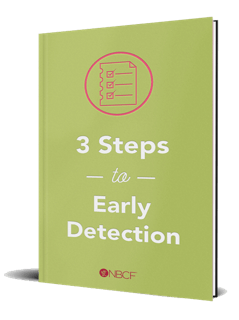Breast Pain
Breast pain is any discomfort, tenderness, or pain in the breast or underarm region, and it may occur for a number of reasons. Breast pain usually isn’t a sign of breast cancer.
Should breast pain cause me to be concerned about breast cancer?
Although many women with pain in one or both breasts may be concerned that it is breast cancer, breast pain is NOT commonly a symptom of cancer.
Understanding breast pain
If you’re not aware of your breast health, important changes in your breasts can be easy to miss. Download our free eBook, Breast Problems That Aren’t Breast Cancer, to learn about the most common non-cancerous breast problems, like breast pain, you should know about.
Tell us where we can send your free copy:
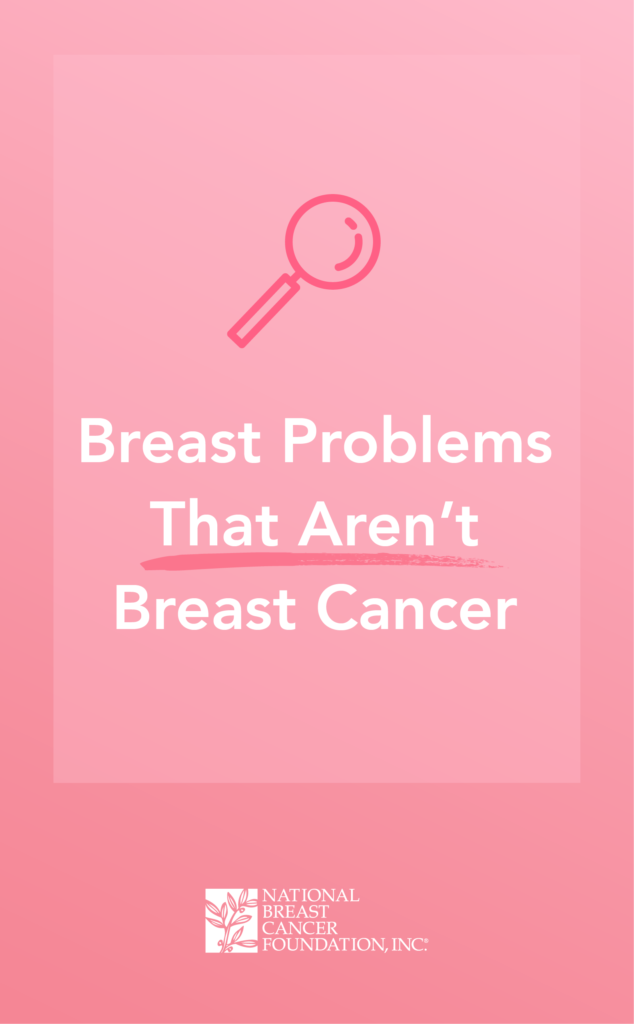
What causes breast pain?
There are a number of harmless causes for breast pain and tenderness that may primarily be related to changes in hormone levels. These can include:
- Puberty in girls and sometimes for boys, too
- Menstruation and premenstrual syndrome (PMS)
- Pregnancy, more often during the first trimester
- Days following childbirth as milk comes in
- Breastfeeding
- Mastitis, which is an infection caused by a milk duct that is not properly draining. Mastitis has no correlation with cancer, but it can become a serious infection if left untreated.
- Menopause
- A breast abscess, which is an infection inside of the breast, similar to a boil.
- A benign cyst
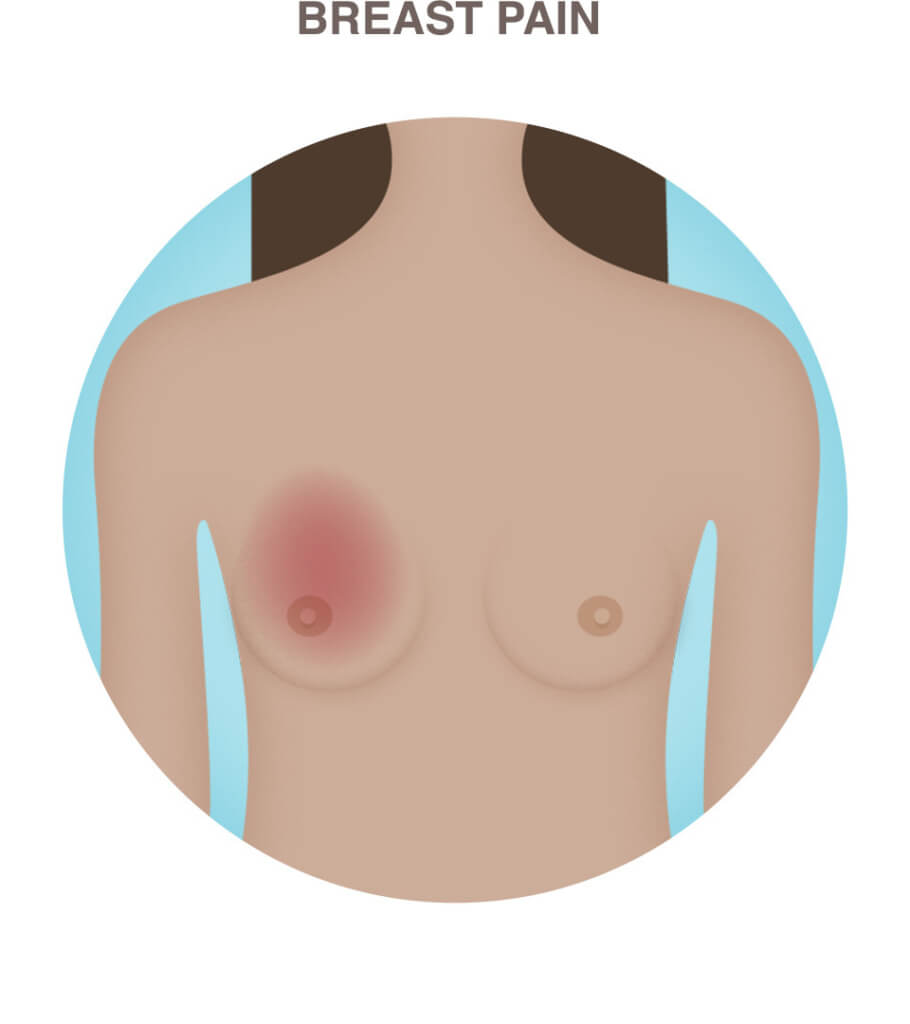
Fibrocystic breast tissue
Some women have lumpy breast tissue called fibrocystic breasts, which may be more painful during certain times of the month. Fibrocystic breasts are not necessarily linked to breast cancer, and the lumps are fluid filled cysts rather than a mass of cells. Fibrocystic breast changes are also a common cause of breast pain. Fibrocystic breast tissue contains lumps that tend to be more tender just before your menstrual period.
Certain medications may cause breast pain
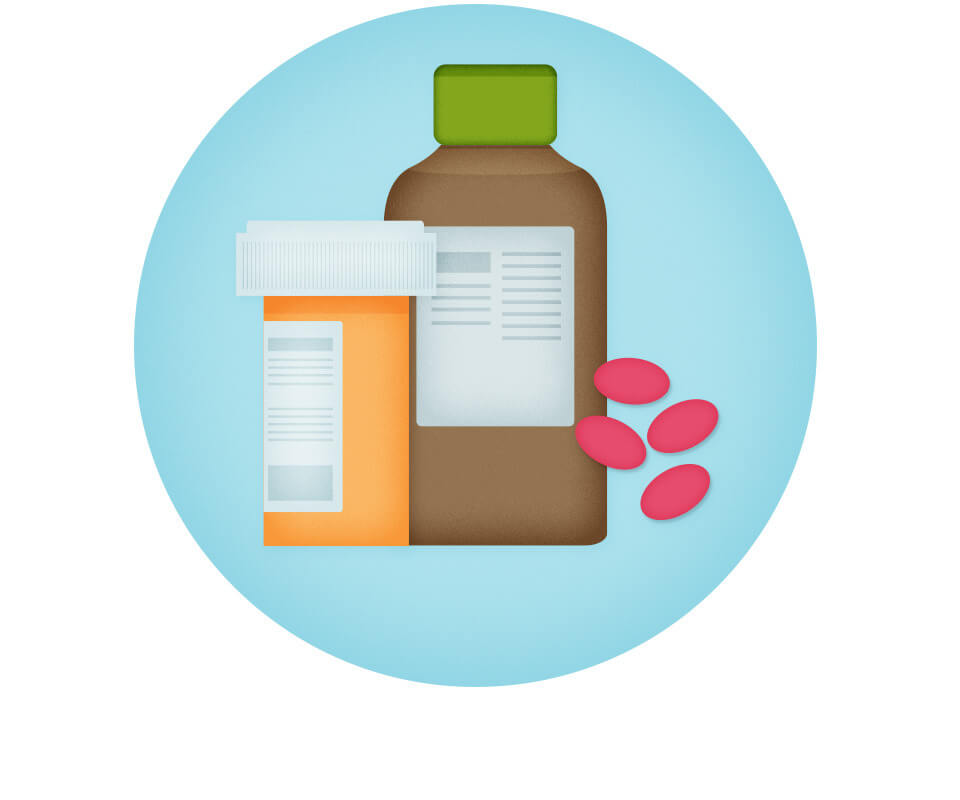
Known triggers to increased breast pain include:
- Digitalis preparations
- Methyldopa (Aldomet)
- Spironolactone (Aldactone)
- Certain diuretics
- Anadrol
- Chlorpromazine
When is breast pain associated with breast cancer?
Breast pain is usually present to some degree with inflammatory breast cancer (IBC), which has other distinct symptoms as well. Rarely, a breast tumor may cause pain, but generally, cancerous tumors are not reported as painful.
What should I do if I am experiencing breast pain?
If you experience breast pain, contact your physician. To learn more about breast self examination click here.
If you experience pain along with any of the following symptoms, you should contact your physician.
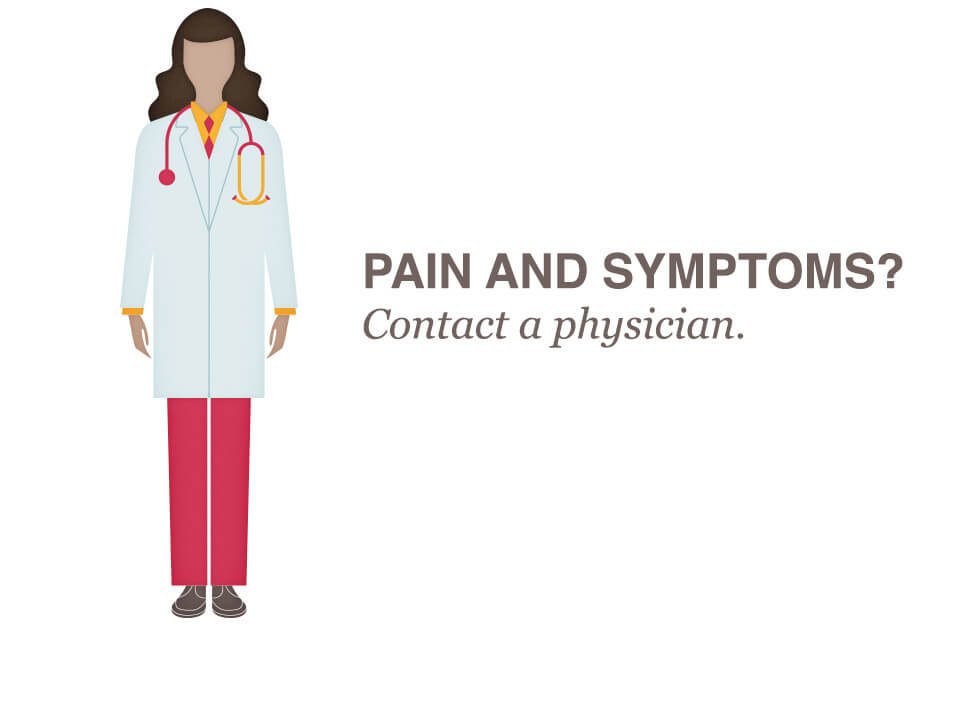
- Bloody or clear discharge from your nipple
- A new lump with the onset of the pain; lump does not go away after your menstrual period
- Persistent, unexplained breast pain
- Signs of a breast infection, including local redness, pus, or fever
- Redness of the skin of the breast that may appear as a rash, with dilated pores, and possibly skin thickening. (These are signs of inflammatory breast cancer and it commonly does cause pain)
Detecting breast cancer early
Breast cancer can’t usually be prevented, but you can take three important steps to help detect it earlier. The free resource, 3 Steps to Early Detection, can increase your chance of finding breast cancer before it spreads.
Tell us where we can send you your copy.
